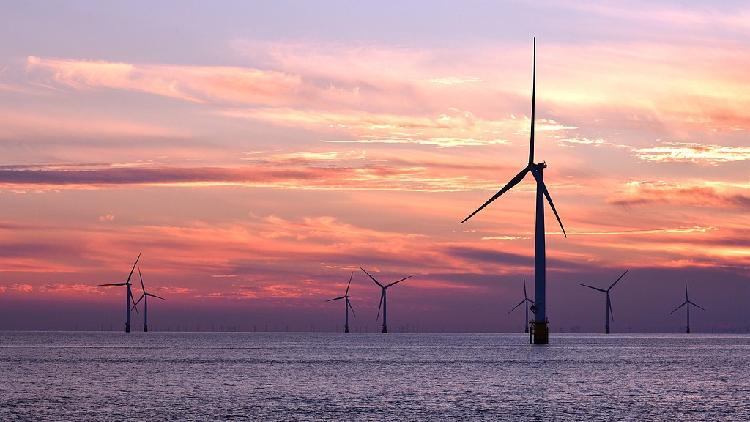abu afak
ALLAH SNACKBAR!
- Mar 3, 2006
- 8,120
- 2,811
- 315
Cheapest source of Fossil Fuel Generation is Double the Cost of Utility-scale Solar
Solar levelized cost of electricity (LCOE) has fallen to $29 to $92 per MWh, said a report from Lazard.June 11, 2024
Lazard released its annual report analyzing levelized cost of electricity (LCOE),a critical measure of cost-efficiency of generation sources across technology types. The report found that onshore wind and utility-scale solar have the lowest LCOE by a large margin.
LCOE measures lifetime costs divided by energy production and calculates the present value of the total cost of building and operating a power plant over an assumed lifetime.
“Despite high end LCOE declines for selected renewable energy technologies, the low ends of our LCOE have increased for the first time ever, driven by the persistence of certain cost pressures (e.g., high interest rates, etc.),” said Lazard. “These two phenomena result in tighter LCOE ranges (offsetting the significant range expansion observed last year) and relatively stable LCOE averages year-over-year.”
Onshore wind ranked as the lowest source of new-build electricity generation, ranging from $27 to $73 per MWh. Utility-scale solar was a close second, ranging $29 to $92 per MWh.
Utility-scale solar has had the most aggressive cost reduction curve of all technologies, falling about 83% since 2009, when new build solar generation had an LCOE of over $350 per MWh.
[.......]
Cheapest source of fossil fuel generation is double the cost of utility-scale solar
Solar levelized cost of electricity (LCOE) has fallen to $29 to $92 per MWh, said a report from Lazard.magazine-usa.com
`
Last edited:



